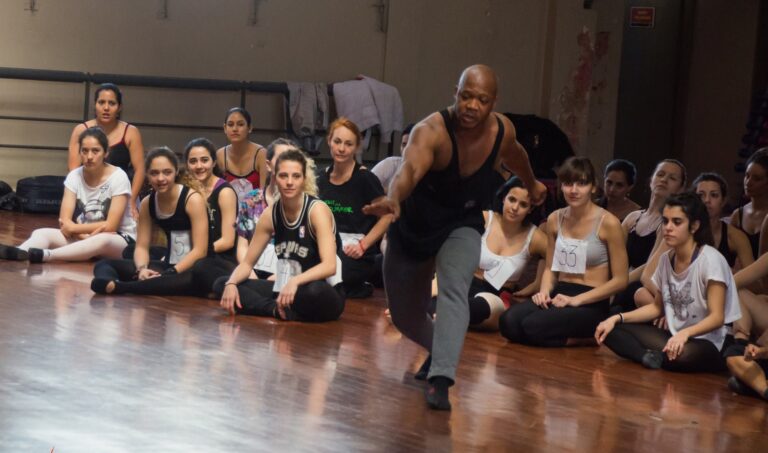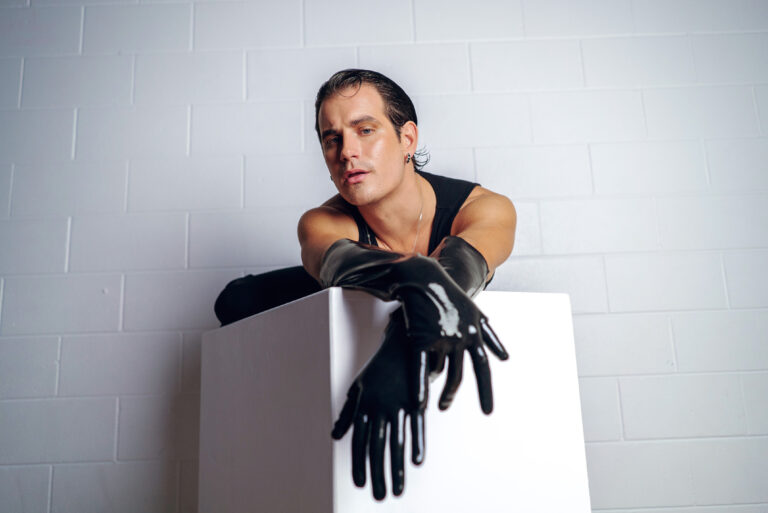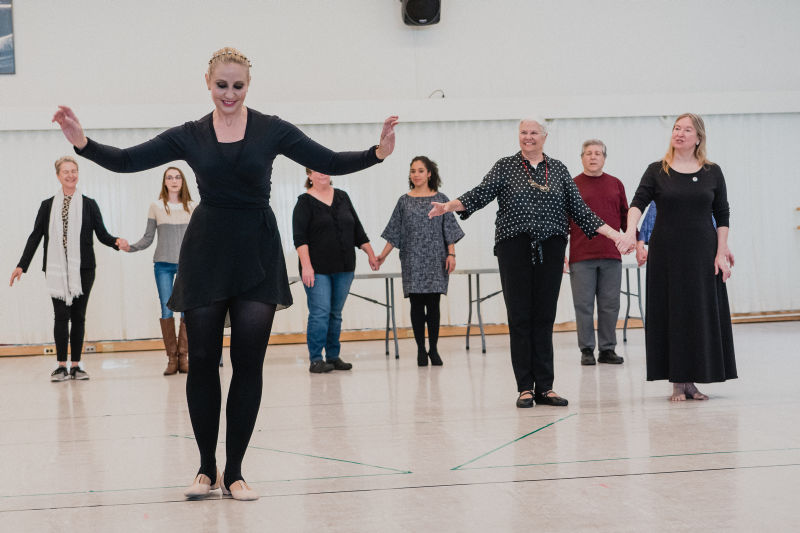
According to Kristi DeCaminada, a principal character artist with San Francisco Ballet, acting is one of the most important skills a dancer can possess. “It’s essential to storytelling,” she says. “That’s how we communicate to the audience—it’s the most important part of what we do.” Incorporating some acting lessons into your dance classes—no matter what age you teach—will set your students up for success in the dance world and beyond.
Start Early
Establishing a solid technical foundation is often the focus for beginning dance students. And while this is undoubtedly important, placing focus on storytelling elements, like acting, will also put your students in a position to shine when it’s performance time. DeCaminada encourages teachers to begin incorporating acting lessons into their classes, no matter how advanced the students.
To begin to introduce acting principles to young students, DeCaminada recommends building on the natural propensity for acting and creativity that they likely already possess. “It’s so exciting to watch [children] because they do things very naturally, and that’s the whole point of ballet acting—it needs to be natural, it needs to be believable, and it needs to come from you or your emotions,” she says.
Invite students to act out a scene from a famous ballet in class. DeCaminada recommends the party scene from The Nutcracker because of the variety of roles involved and the likelihood that students will perform this scene at some point. Encourage the dancers to explore their assigned characters, thinking about how they would move and hold different body parts, what they are feeling, and how they would act around the other characters.
“[They’re] going to be acting and they have to know how to interact with parents—how do parents act differently than children, how do grandparents act differently than parents,” DeCaminada explains, adding, “It’s a fun way to bring everybody together, and they can play different parts.”
Educate Yourself
Another important aspect of teaching acting is understanding the basic tenets yourself. Isadora Wolfe, the associate artistic director of Sleep No More and a teacher of the Acting for Dancers class at The Juilliard School, encourages educators to focus on the things they feel most comfortable teaching, especially when approaching a subject as vast as acting.

“If you feel really comfortable with vocal work, energy work, scene work, storytelling, whatever it is, even if it’s a smaller piece of the whole acting puzzle, then that’s the thing you want to teach your students,” Wolfe says.
Before incorporating an acting exercise, try it out yourself. If it feels natural, it’s probably a good fit for your class. If it feels awkward or strained, it might not be quite right for your lesson.
Bharathi Penneswaran, a New York City–based bharatanatyam teacher and performer, and artistic director of Aalokam, encourages teachers to take classes in a storytelling-focused dance form, like bharatanatyam, to bolster their skills. As you become more familiar with the new form, you can incorporate some of your teachers’ lessons into your own classes.
“Acting is a major part of bharatanatyam. If you want to incorporate that into a different style, this learning style and the abinayam (hand and leg movements paired with facial expression) part of it definitely helps you strengthen your capability of expressing,” Penneswaran explains.
When doing this, it’s also important to give credit to the teachers you were inspired by, remaining mindful of issues surrounding cultural appropriation. Penneswaran notes that, in the bharatanatyam tradition, students follow teachers for a long time, though, at some point, they become master artists in their own right and should feel empowered to explore different ways of approaching the movement.

Pull From Music and Emotion
Music and emotion are central to acting in dance, so it’s important to help students understand how to incorporate both into their dancing.
In order to encourage students to emphasize feeling, Penneswaran recommends talking with them about how to bring the emotions they feel on a daily basis into the characters they are learning to portray. Invite them to experiment by infusing a simple movement with different emotions, observing how the step changes. Then, invite them to play with ways to convey an emotion with a specific body part, like the eyes [see below].
“For example, when you’re fearful, you look side to side and your body shrinks. You’re bringing it from your personal experience of how you feel when you’re scared,” she explains.
Music, which dancers typically have a natural connection to, is also a great acting tool. DeCaminada recommends playing a variety of music for your students and inviting them to interpret the songs in terms of the emotions they feel and the way they are inspired to move. Talk with them about their experiences and then ask them to improvise, embodying these feelings and thoughts.
“Teach them to really move [based on] what the music is saying to them and how they would express that in their dancing,” DeCaminada explains.
Although this may seem like a basic exercise, building the foundation for emotionality and musicality will have numerous artistic payoffs as your students’ dancing progresses.
Acting With the Eyes
Here, Penneswaran shares a sample of drishthi bheda eye movement exercises, which are central to the way bharatanatyam dancers convey emotion onstage and a great example of how to show feeling using a single body part. (All photos are courtesy Penneswaran).
Eyes conveying a mischievous emotion
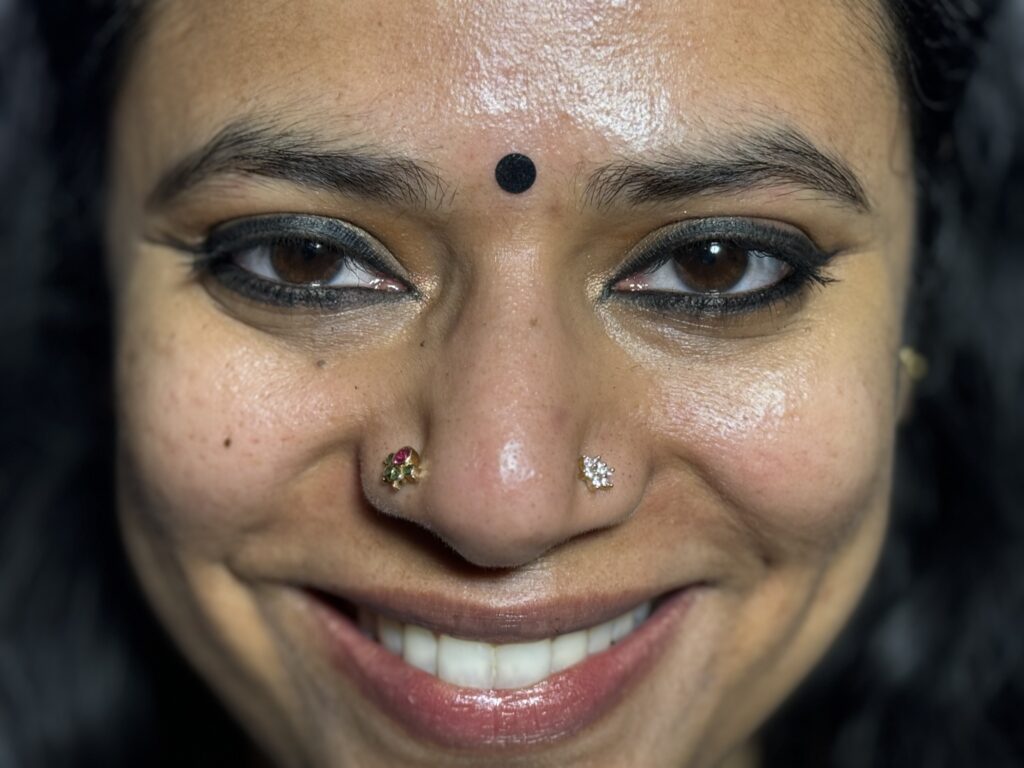
Eyes conveying a happy emotion
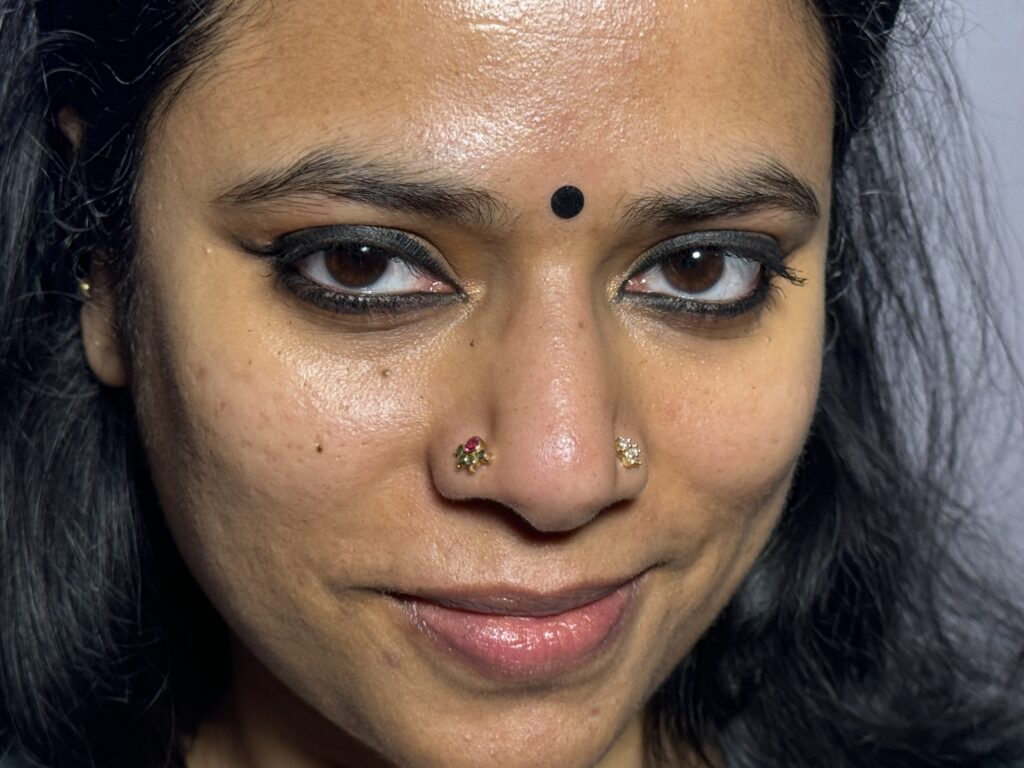
Eyes conveying a sad emotion


